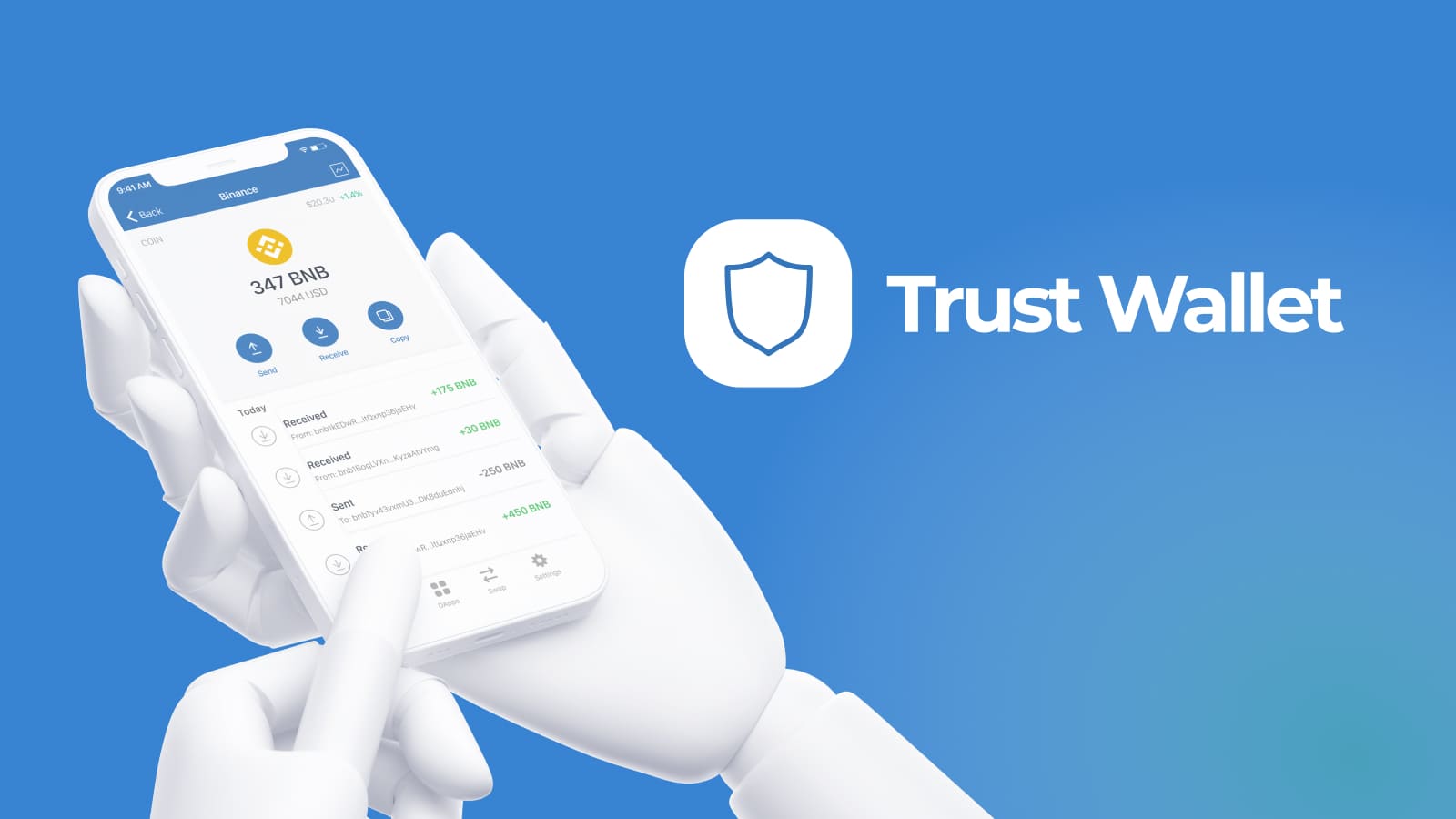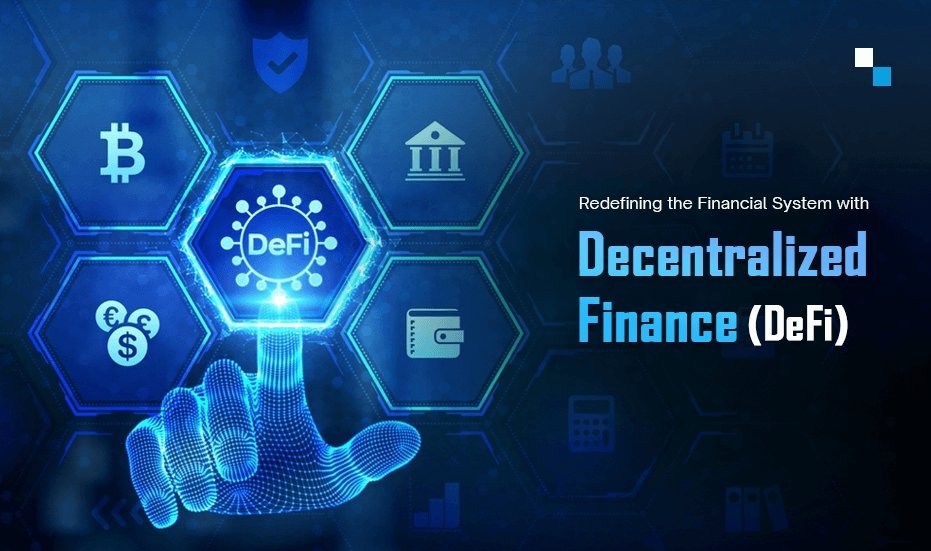Four years ago, I was a bank teller, stuck in the slow grind of traditional finance, watching my savings earn pennies in interest. Then I discovered decentralized finance (DeFi), and everything changed. Starting with $4,000, I grew my wealth to $75,000 by embracing DeFi’s opportunities. This is my story—a real-world journey from conventional banking to DeFi success, packed with practical tips for beginners. If you’re tired of low returns and ready to explore a new financial frontier, here’s how I did it and how you can start.
From Bank Accounts to Blockchain: Why DeFi?
Traditional finance—banks, stocks, bonds—felt like a rigged game. My savings account offered 0.2% interest, barely keeping up with inflation. DeFi, on the other hand, promised double-digit returns through decentralized platforms running on blockchain. These platforms let you lend, stake, or trade crypto without banks, offering transparency and control.

I was hooked by the idea of earning 10-30% annually on platforms like Compound or SushiSwap. DeFi isn’t just for tech geeks—it’s for anyone with a smartphone, a few bucks, and a desire to make their money work harder. My journey began with curiosity and a willingness to learn.
What Makes DeFi Different?
Unlike banks, DeFi is open 24/7, requires no paperwork, and lets you stay in charge of your funds. You can start with as little as $50, and the returns are often higher than traditional investments. For me, DeFi was a chance to break free from the limits of my bank job and build real wealth.
My DeFi Journey: From $4,000 to $75,000
My success in DeFi came from starting small, learning fast, and adapting to challenges. Here’s how I transitioned from traditional finance to a thriving DeFi portfolio.
Step 1: Diving In with a Crypto Wallet
I started by downloading Trust Wallet, a simple app for managing crypto. After setting it up and securing my recovery phrase, I bought $4,000 in Ethereum (ETH) and DAI (a stablecoin) on Coinbase. Sending these to my wallet felt risky at first, but verifying addresses carefully gave me confidence.

Step 2: Picking the Right Platforms
Research was key. I chose Compound for lending and SushiSwap for yield farming, both known for strong security. I checked their audits on sites like CertiK to avoid scams. These platforms offered 8-20% APYs, far better than my bank’s savings account.
Step 3: Putting My Money to Work
I lent $2,000 in DAI on Compound, earning interest in cDAI tokens. The other $2,000 went into a DAI/ETH pool on SushiSwap, where I earned SUSHI tokens and trading fees. My first month brought $60 in returns—a small win that fueled my excitement.
Step 4: Scaling Up Strategically
After a year, my $4,000 grew to $9,000. I added $3,000 more and diversified into Aave’s stablecoin pools and Balancer’s low-volatility pools. By year three, reinvesting rewards and chasing high APYs pushed my portfolio to $75,000.
Strategies That Drove My DeFi Success
My wealth grew because I used practical, beginner-friendly strategies. Here’s what worked and how you can apply them.
Compounding for Bigger Gains
I didn’t cash out my earnings. Instead, I reinvested SUSHI tokens into new pools and used Compound’s cDAI to lend more. This compounding effect turned my initial returns into a steady stream of income, growing my portfolio exponentially.
Focusing on Stable Assets
Crypto prices can be a rollercoaster, so I leaned on stablecoins like DAI and USDC for most of my investments. Their steady value protected my returns from market dips, giving me peace of mind while earning 6-12% APYs.
Exploring Cost-Effective Networks
Ethereum’s gas fees were a pain, often eating $50 per transaction. I shifted some funds to Polygon, using Aave and Balancer’s Polygon markets. Fees dropped to cents, letting me reinvest more and boost my overall returns.
Overcoming Obstacles: Lessons from My Mistakes
My DeFi journey had its share of challenges. Each taught me how to invest smarter and safer.
Navigating Smart Contract Risks
I once lost $150 in a new, unaudited platform. Lesson learned: I stuck to audited platforms like Compound and Aave, checking reports from firms like Trail of Bits. Spreading my funds across multiple platforms also reduced my risk.
Managing Impermanent Loss
My DAI/ETH pool suffered impermanent loss when ETH’s price surged. To minimize this, I moved more funds to stablecoin pairs like DAI/USDC, which stayed balanced. I also learned to monitor market trends before joining volatile pools.
Dealing with High Fees
Early on, I paid $200 in gas fees for a single transaction. Switching to Polygon and timing transactions during low-fee periods (like weekends) saved me hundreds, letting me keep more of my profits.
Leveling Up: Advanced DeFi Tactics
As I gained confidence, I explored advanced strategies to maximize my wealth. I joined DeFi communities on Reddit and Discord, learning about new protocols like Curve Finance. I staked SUSHI and AAVE tokens for governance rewards, earning extra income while shaping platform decisions.

Using tools like Zapper, I tracked my portfolio across platforms, jumping on high-APY opportunities. I even tried yield aggregators like Yearn Finance, which automated my investments for better returns with less effort.
Your Turn to Embrace DeFi
My shift from traditional finance to DeFi wasn’t just about money—it was about taking control of my financial future. You don’t need a finance degree or millions to start. With a wallet, a small investment, and strategies like compounding and stablecoin lending, you can build wealth too. Stay cautious, keep learning, and embrace DeFi’s potential.
Ready to move to DeFi? Download a wallet, explore Compound or Aave, and start your journey. Your success story could be next.






















